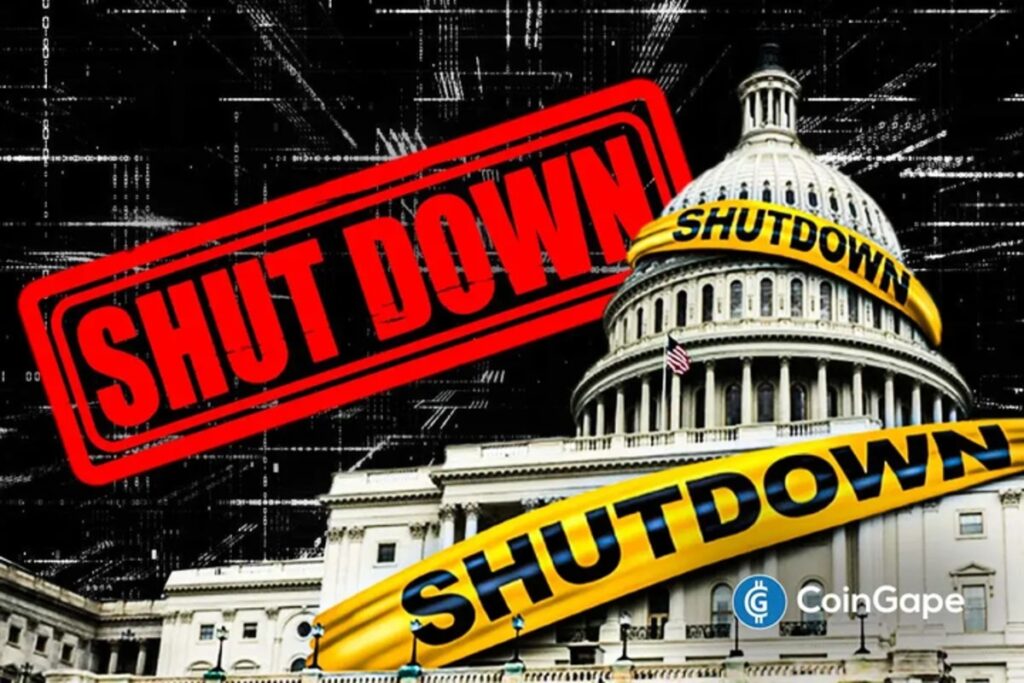Government Shutdown Ends: What You Need to Know
After an unprecedented 42-day government shutdown, the U.S. House of Representatives has approved a short-term funding bill to restore federal operations. President Donald Trump has promised to sign this measure into law, marking a crucial step toward stability for millions of Americans who depend on government services. The deal comes after days of intense negotiations between Republican and Democratic leaders, who worked to address critical issues such as health insurance subsidies.
A Hard-Fought Resolution
On the day of the vote, the House approved the funding bill by a narrow margin of 222-209, with two Republicans opposing and six Democrats supporting the measure. This bipartisan effort was championed by House Speaker Mike Johnson, who emphasized the importance of moving forward to restore essential services. The urgency was palpable, especially in light of the prolonged disruption that affected countless federal employees and services across the nation.
The deadlock leading to the shutdown initially stemmed from disagreements over health insurance subsidies, which support around 20 million Americans. Senate Democrats insisted on including these extended Affordable Care Act tax credits in any funding deal, while Republicans resisted adding new spending provisions. Ultimately, a compromise was reached, allowing for a December vote on the tax credits, thus paving the way for the approval of the bill.
Operational Impact of the Shutdown
The ramifications of the shutdown were felt nationwide, with federal employees missing paychecks and significant disruptions in services. The Department of Transportation reported that 6% of scheduled flights had already been canceled, warning that this percentage could reach 10% without an agreement. Essential programs, including the Supplemental Nutrition Assistance Program (SNAP), which serves nearly 43 million Americans, faced uncertainty as the funding stalemate dragged on. The resolution of the shutdown ensures that all federal workers will be compensated for their lost wages and that critical programs will receive necessary funding.
The extended closure also affected the financial markets, particularly impacting cryptocurrencies like Bitcoin and Ethereum. As tensions escalated, prices for these digital assets declined sharply, illustrating how government actions influence broader economic landscapes.
Bipartisan Framework for Future Stability
A key outcome of the recent agreement is the establishment of a bipartisan framework aimed at preventing future government shutdowns. This new approach will limit the White House’s reliance on continuing resolutions for funding extensions, a tactic that has often led to political gridlock. This framework seeks to create a more stable budgetary environment, which could benefit both government operations and the American public.
The need for such a framework has never been clearer, given the fallout from the latest shutdown. Both parties recognize that future disruptions can have dire consequences for federal employees and the services they provide. Establishing a new protocol for funding will facilitate smoother negotiations in the future, encouraging collaboration rather than confrontation.
Lawmakers React to the Agreement
Following the passage of the funding bill, reactions from lawmakers varied significantly. House Majority Leader Steve Scalise criticized the Democrats for prolonging the standoff, asserting that they prioritized partisan goals over the welfare of American workers. His statements echoed the frustration felt by many Americans who experienced hardships due to the shutdown.
On the other hand, Representative Rosa DeLauro expressed concerns that millions might still face higher health-insurance premiums without a more permanent solution in place. Her warning underscored the complexity of issues surrounding health care, highlighting that while the shutdown has ended, significant challenges remain for policymakers.
Looking Ahead: Ensuring Future Prosperity
As the government reopens and federal operations normalize, many questions remain about the long-term implications of the shutdown and the newly established funding framework. The immediate restoration of services is a critical victory, but lawmakers and citizens alike must remain vigilant about the ongoing issues surrounding health insurance subsidies and federal funding mechanisms.
The successful passage of the short-term funding bill illustrates the importance of bipartisan collaboration in addressing the needs of the American public. As the nation moves forward, cultivating a political environment where compromise is prioritized will ultimately reduce the risk of future disruptions. Ensuring that essential services remain uninterrupted is crucial not only for the economy but also for the well-being of millions of Americans who rely on government support.
In conclusion, while the end of the longest shutdown in U.S. history marks a positive turning point, it’s essential for lawmakers to tackle the systemic issues that led to this crisis. By fostering cooperation and focusing on mutually beneficial solutions, the government can avoid repeating history and work toward a more stable future.
















